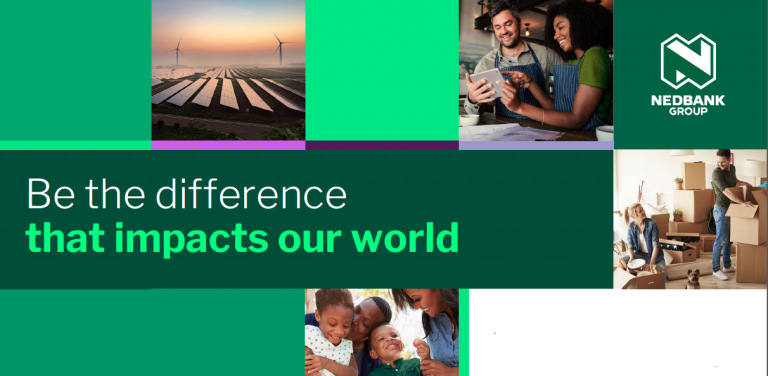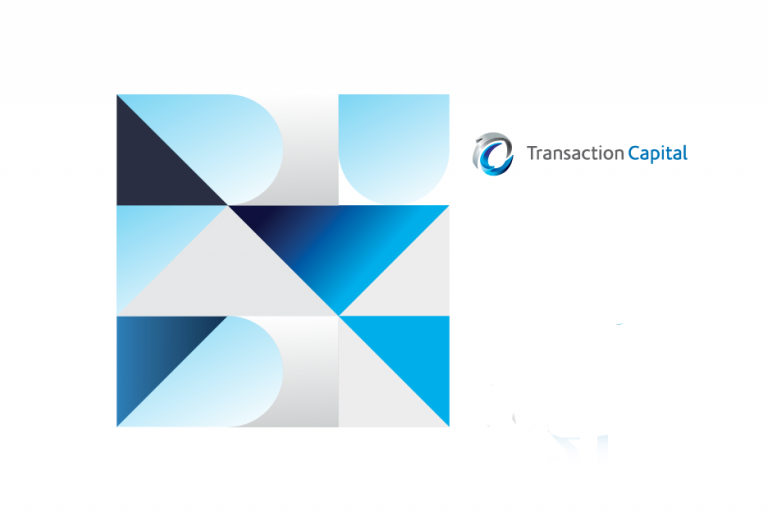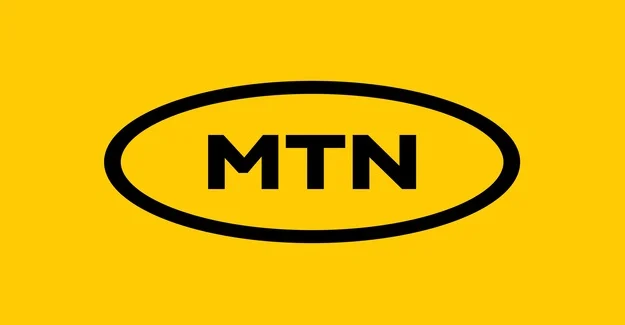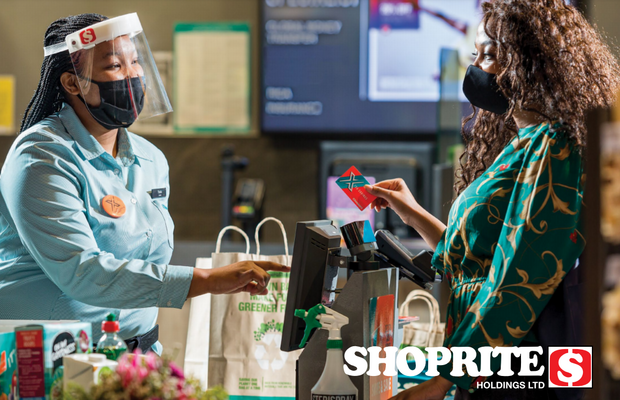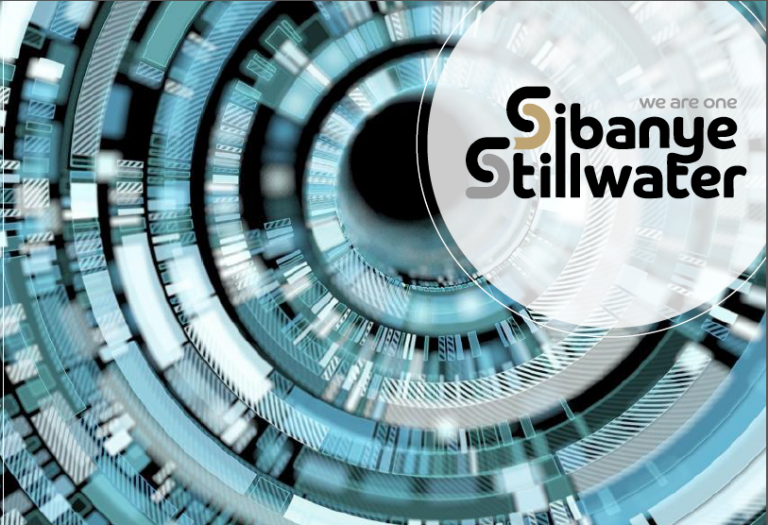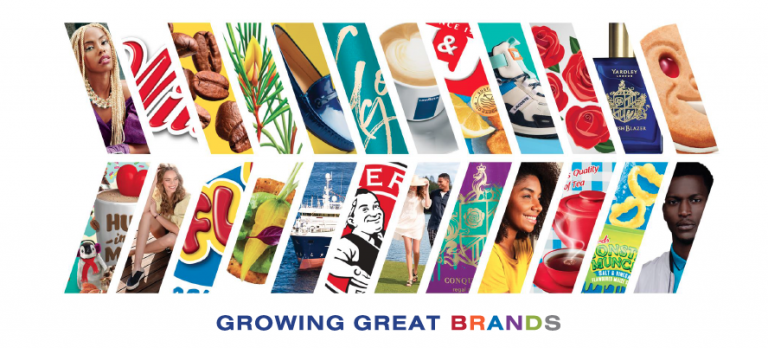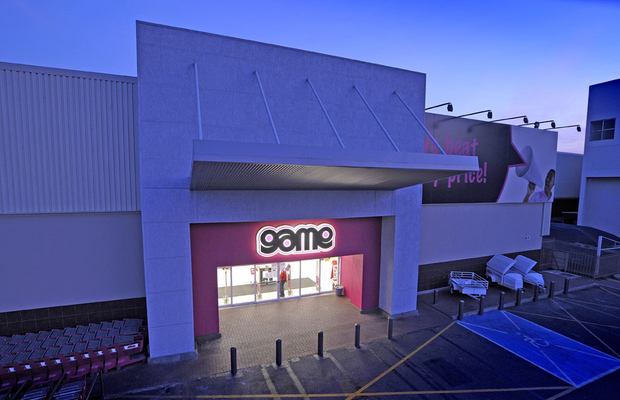Caxton and CTP Publishers and Printers is such an interesting group. The share price has returned over 40% in the past year, although the longer-term picture hasn’t been nearly as pretty. Value investors are drawn to this stock because it offers a discounted entry point into some solid assets.
Caxton operates in the publishing, advertising, packaging and printing industries. This isn’t an easy space to play in, but a leading business in the industry can be a good investment despite the numerous headwinds. Weaker businesses tend to exit these industries, leaving only the strongest to generate economic profits.
Caxton notes that it has achieved a “full recovery from the impact of the pandemic” – something that not many businesses can say yet!
In the six months to December 2021, Caxton posted revenue growth of 12.3%. Advertising spend has recovered, particularly driven by retailers advertising in the local newspapers. The packaging business was a happy beneficiary of a recovery in the alcohol and quick service restaurant markets. Overall, things are normalising from a demand perspective.
It hasn’t all been easy of course. Supply chains have been tough and there were shortages of paper and packaging board raw material across different grades. Caxton had previously decided to hold excess stock, which turned out to be critical in mitigating the impact of price increases. Stock was R340 million higher than in the prior period, which has a negative impact on working capital metrics. You win on some metrics and lose on others in this game.
The group has noted that the full impact of the pricing pressures will be felt in the second half of the year. Inflationary pressures are evident across the cost base, with staff costs up 8.7% and operating expenses up 9.2%. The staff cost growth is higher than under normal circumstances, as the base included once-off reductions as part of the pandemic mitigation. Other operating expenses have been driven by increased demand and higher energy costs, with the latter a concern for all industrial businesses.
Operating profit jumped 36% and the growth looks even better after taking depreciation and amortisation into account, up 67.7%.
Below that, we find an accounting line that has distorted the growth in net profit. In the prior period, there was a non-recurring profit on disposal of an associate of around R305 million after tax. This contributed 80.7 cents in earnings per share in the prior period out of a group total of 108.5 cents.
It’s therefore impressive that earnings per share has come in at 63.9 cents this year, reflecting growth of 130% when adjusting for that disposal.
On a headline earnings per share (HEPS) basis, earnings are up by 80.8%.
Value investors look at the net asset value (NAV) per share as an indicator of growth and the level of discount in the share price. It’s not a perfect measure by any means, but a 24.2% increase in NAV per share is impressive. It now sits at R18.37 per share, so the share price at nearly R9.50 is a substantial discount to that number.
There’s a very important comment towards the bottom of the announcement regarding Caxton’s stake in Mpact. Caxton notes that this investment will “enjoy ongoing management and board attention” as they consider “future steps towards greater control of this business” – that is highly relevant for shareholders in both Caxton and Mpact.
This is no secret, as Caxton has previously approached the Competition Commission regarding its intention to increase the current shareholding in Mpact from around 32%. If the stake goes above 35%, a mandatory offer would be triggered.
The share price traded 4% higher during the morning, as the market digested the result and liked it.


